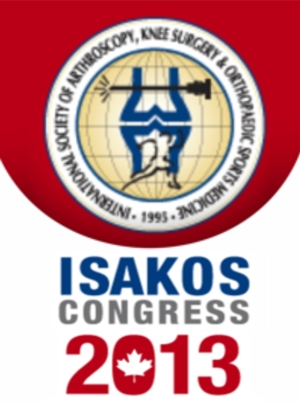
ISAKOS: Similar leg alignment in intramedullary/extramedullary tibial instrumentation

ISAKOS: Similar leg alignment in intramedullary/extramedullary tibial instrumentation
Leg alignment and tibial slope after minimal invasive total knee arthroplasty: a prospective, randomized radiological study of intramedullary versus extramedullary tibial instrumentation.
CONFERENCE ACE REPORTS
This ACE Report is a summary of a conference presentation or abstract. The information provided has limited the ability to provide an accurate assessment of the risk of bias or the overall quality. Please interpret the results with caution as trials may be in progress and select results may have been presented.
Synopsis
51 patients with osteoarthritis of the knee were randomized to receive either intramedullary or extramedullary tibial instrumentation, during minimal invasive surgery in total knee arthroplasty (MIS-TKA). Leg alignment and tibial slope were measured throughout the course of the study in order to determine which instrumentation resulted in better alignment, and as a result, increased TKA survival r...
To view the full content, login to your account,
or start your 30-day FREE Trial today.
FREE TRIAL
LOGIN
Forgot Password?
Explore some of our unlocked ACE Reports below!

Learn about our AI Driven
High Impact Search Feature
Our AI driven High Impact metric calculates the impact an article will have by considering both the publishing journal and the content of the article itself. Built using the latest advances in natural language processing, OE High Impact predicts an article’s future number of citations better than impact factor alone.
Continue



 LOGIN
LOGIN

Join the Conversation
Please Login or Join to leave comments.